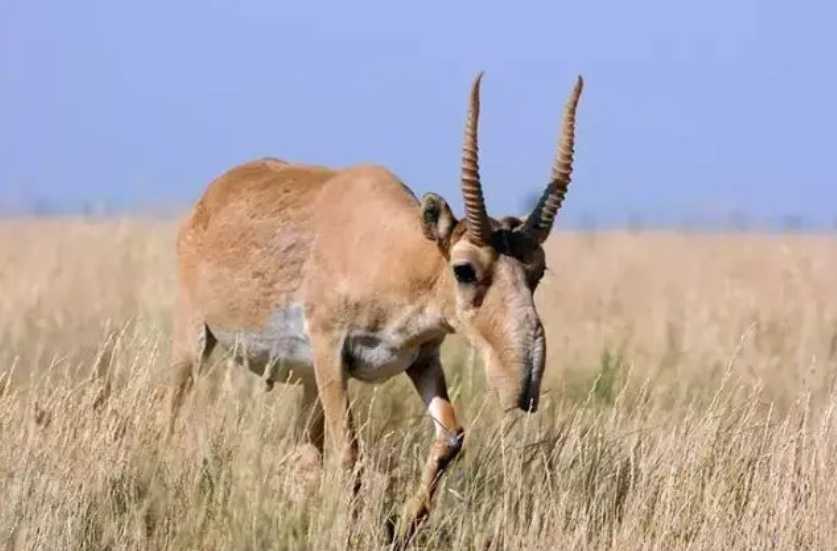The Yeti Crab: Deep-Sea Marvel with Hairy Pincers and a Chemosynthetic Lifestyle
Discovered in 2005 near hydrothermal vents off Easter Island, the yeti crab (Kiwa hirsuta) is a crustacean unlike any other—renowned for its fuzzy, blond "hair" covering its pincers and body, earning it the nickname "yeti crab." This deep-sea dweller thrives in one of Earth’s most extreme environments, relying on a unique partnership with bacteria for survival.
2 minute read
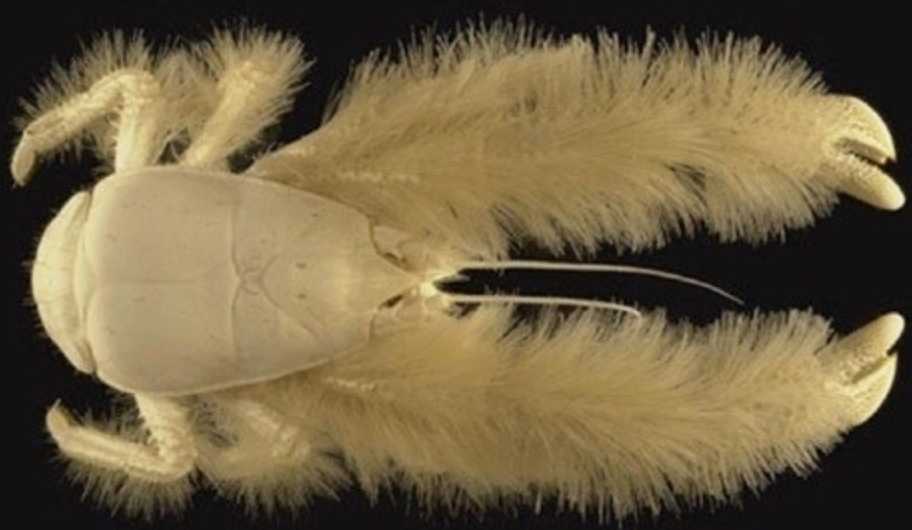
The Long-Haired Guinea Pig: A Fluffy Companion with a Rich Historical Background
Native to the Andes Mountains of South America, the long-haired guinea pig, often known as the "Peruvian guinea pig" or "Sheltie," has captivated pet enthusiasts worldwide with its flowing, silky fur and gentle demeanor. Descended from wild cavies domesticated by the Incas over 3,000 years ago, these rodents blend practical utility with ornamental appeal, standing out as both charming companions and living links to ancient Andean culture.
1 minute read

Critically Endangered: The Urgent Crisis Facing the Sunda Pangolin
The Sunda pangolin (Manis javanica), a unique scaly mammal native to Southeast Asia, stands at the brink of extinction, classified as "Critically Endangered" by the International Union for Conservation of Nature (IUCN). Among the world’s eight pangolin species, it is widely regarded as the most imperiled, with its survival hanging in the balance due to relentless human activities.
1 minute read
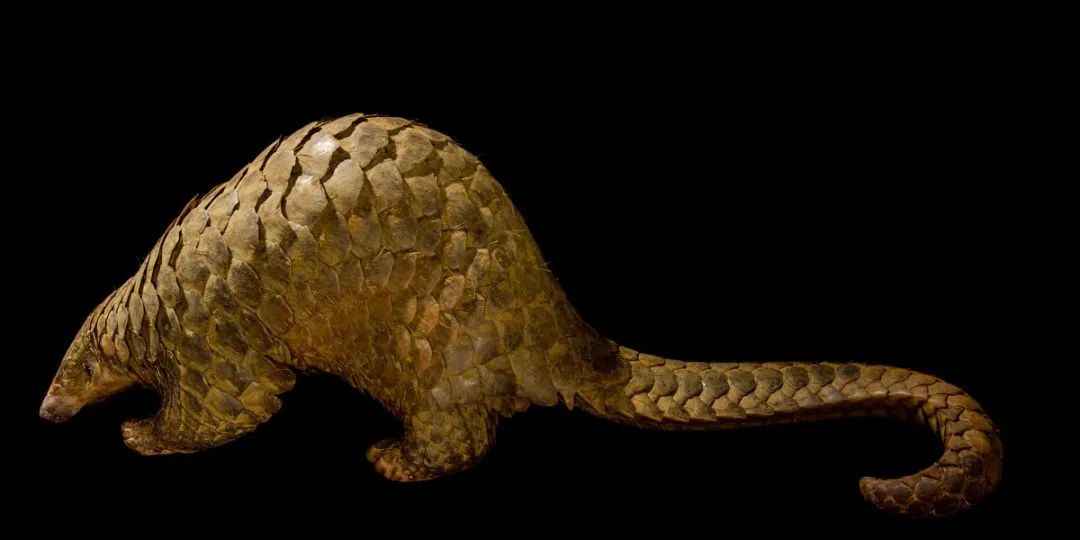
The Pistol Shrimp: Nature’s Underwater Sonic Boom Specialist
The pistol shrimp, also known as the "snapping shrimp," is a fascinating crustacean renowned for its ability to create a powerful sonic boom using a specialized claw. Found in tropical and subtropical marine environments worldwide, this small but mighty creature has evolved one of nature’s most remarkable acoustic weapons.
2 minute read
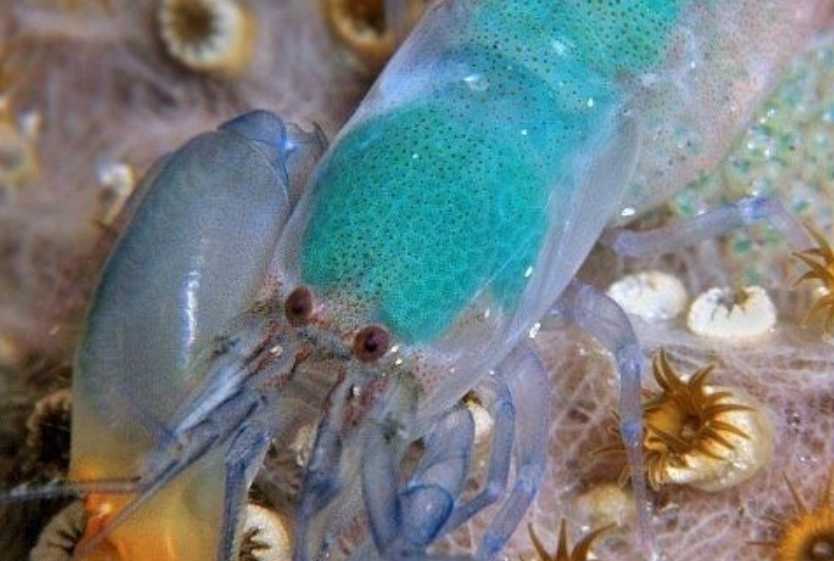
The Malayan Tapir: Southeast Asia’s Elusive 'Living Fossil' with a Distinctive Black-and-White Coat
Native to the dense rainforests of Malaysia, Thailand, and Sumatra, the Malayan tapir (Tapirus indicus), also known as the Asian tapir, stands out as one of the region’s most unique and endangered mammals. Recognized by its striking black-and-white coloration and prehensile snout, this large herbivore is often called a "living fossil" due to its ancient lineage and primitive features.
2 minute read
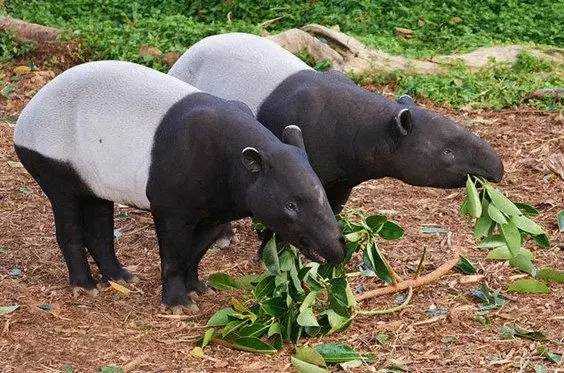
Four-Eyed Turtle: A Unique Freshwater Species Teeters on the Brink of Extinction
The four-eyed turtle (Sacalia quadriocellata), a rare freshwater reptile native to Southeast Asia, has captured global attention for its distinctive appearance and critical endangered status. Contrary to its common name, this small turtle—typically measuring under 20 centimeters in length—possesses only two functional eyes. Its moniker derives from four striking ocelli (eye-like spots) atop its head: two pairs of bright yellow markings ringed with dark pigment, resembling additional eyes and forming one of nature’s most intriguing examples of mimicry.
1 minute read
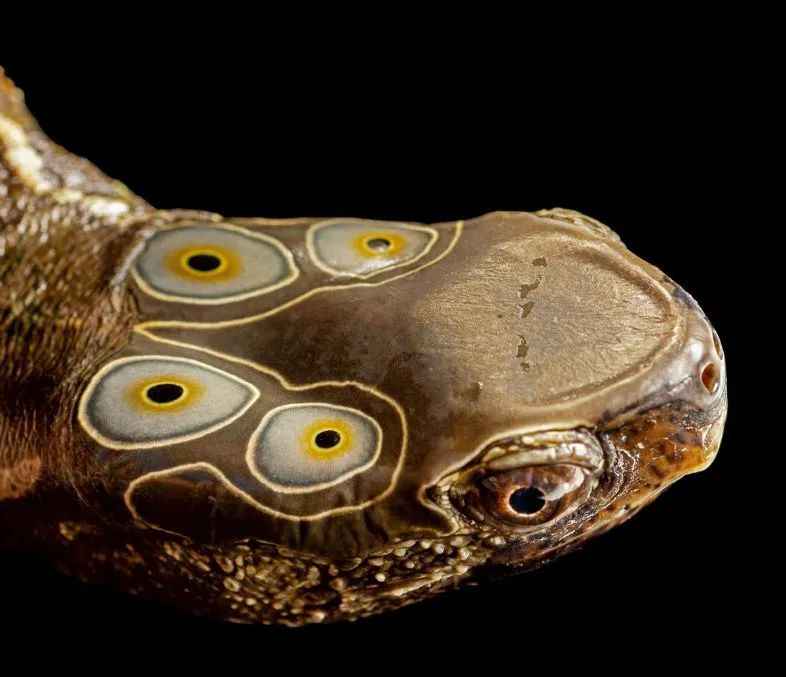
The Glass Frog: Nature’s Transparent Amphibian with a Window to Its Inner World
Native to the cloud forests of Central and South America, the glass frog (family Centrolenidae) is a remarkable amphibian celebrated for its most unique trait—transparent skin on its belly, allowing observers to see its beating heart, intestines, and even eggs. This evolutionary marvel has captivated biologists, offering a rare glimpse into the inner workings of a living animal.
2 minute read
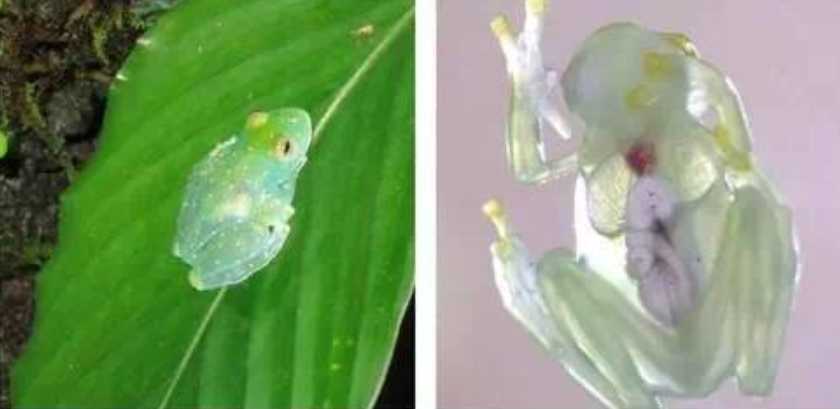
The Platypus: Australia’s Bizarre 'Duck-Billed' Mammal, a Living Evolutionary Enigma
Native to the freshwater rivers of eastern Australia, the platypus (Ornithorhynchus anatinus) stands as one of the world’s most extraordinary creatures—an odd blend of mammalian, reptilian, and avian traits that baffled scientists when first discovered. Often called a "living fossil," this semiaquatic mammal lays eggs, produces milk, and sports a duck-like bill, making it a unique representative of the ancient monotreme order.
2 minute read
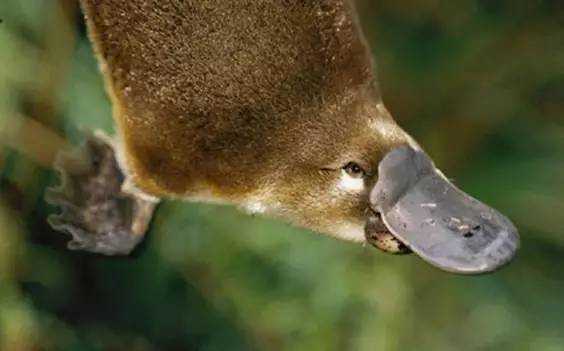
Somali Wild Ass: East Africa’s Critically Endangered "Living Fossil" Faces Extinction Crisis
In the arid semi-deserts of the Horn of Africa lives an elegant and resilient creature—the Somali wild ass (Equus africanus somaliensis). As one of the wild ancestors of modern domestic donkeys, they once thrived in the dry grasslands and hills of Ethiopia, Eritrea, and Somalia. However, a combination of climate change, habitat loss, and human activities is pushing this species to the brink of extinction.
2 minute read
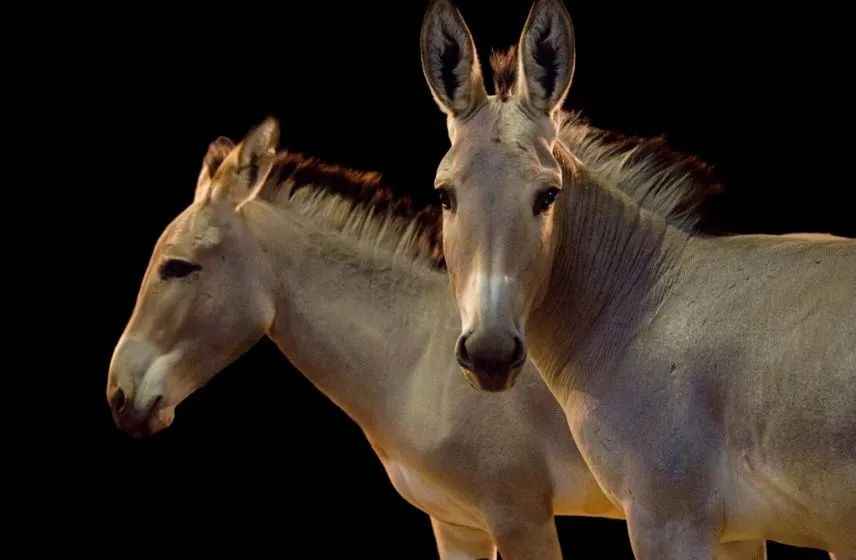
The Honduran White Bat: Nature’s Fluffy, Pastel-Colored Flying Puffball
Hailed as the world’s cutest bat, the Honduran white bat (Ectophylla alba) charms with its snowy-white fur, vibrant orange nose, ears, and wings—a whimsical color palette that defies all bat stereotypes. Native to the rainforests of Central America (Honduras, Nicaragua, Costa Rica, and Panama), this tiny chiropteran measures just 3–5 cm long, making it one of the smallest bat species on Earth. Its cottony appearance and miniature size have earned it a reputation as the "teddy bear of the bat world."
2 minute read
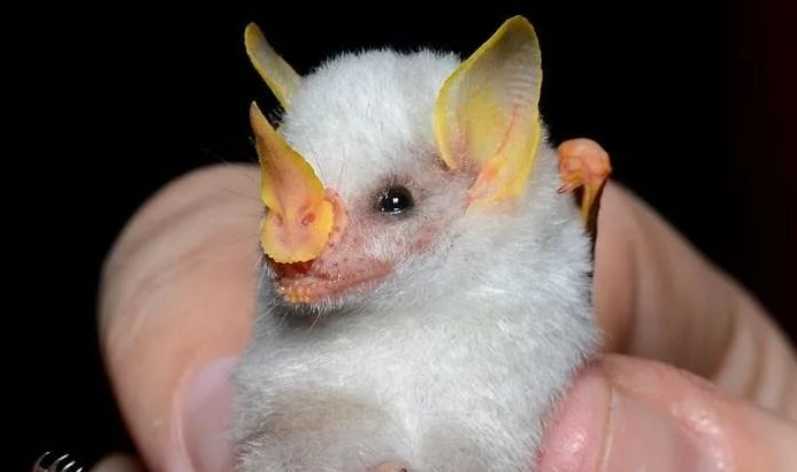
The Olm: Nature’s Living 'Dragon' of Alpine Caves
Often hailed as the closest real-life counterpart to mythical dragons, the olm (Proteus anguinus) dwells in the limestone caves of the Alps. With a serpentine body, tiny limbs, and three pairs of vibrant red feathery gills, this amphibian bears an uncanny resemblance to legendary dragon depictions—minus scales. Native to underwater cave systems in Slovenia, Croatia, and Bosnia, it has inspired myths for centuries, and its image is frequently misused in online hoaxes claiming to show "baby dragons."
2 minute read

Masked Shining Parrot: A Radiant Avian Gem
The masked shining parrot, scientifically known as Prosopeia personata, is a remarkable bird found in the Fiji Islands, specifically on Viti Levu. It gets its name from the musky scent it emits, earning it the alternative name "musk parrot". With a length of about 47 cm and a weight of 322 g, it is a relatively large parrot. The adult bird features a black face, a yellow - orange streak on the center of its abdomen, purple - blue outer webs of primary feathers, and a green tail with a blue tinge. Its bill is grey - black, and its eyes are orange. Juveniles resemble adults but have less black o
1 minute read
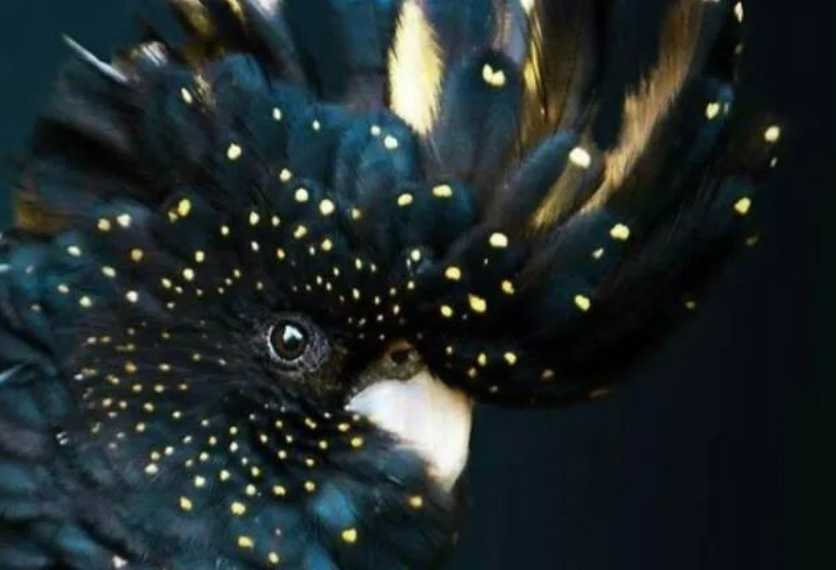
The Gypsy Vanner Horse: A Majestic Breed with a Rich Cultural Heritage
The Gypsy Vanner horse, also known as the Irish Cob or Gypsy Horse, is a distinctive breed renowned for its striking appearance and deep roots in Romani (Gypsy) culture. Originating in the British Isles and Ireland, these horses were bred by Romani people for their strength, stamina, and ability to pull caravans, combining practical utility with eye-catching aesthetics.
1 minute read
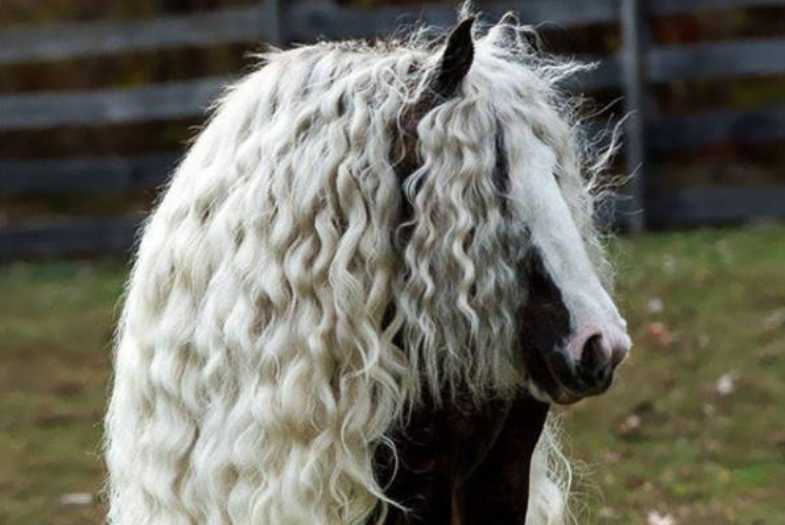
Critically Endangered Brown Spider Monkeys: Vital Seed Dispersers in South American Rainforests
Deep within the pristine rainforests of South America, a silent ecological crisis looms for one of the continent’s most imperiled primates: the brown spider monkey (Ateles hybridus). Classified as "Critically Endangered" by the International Union for Conservation of Nature (IUCN), this species plays an irreplaceable role in sustaining the health of its habitat—serving as a linchpin for seed dispersal that supports hundreds of plant species.
1 minute read
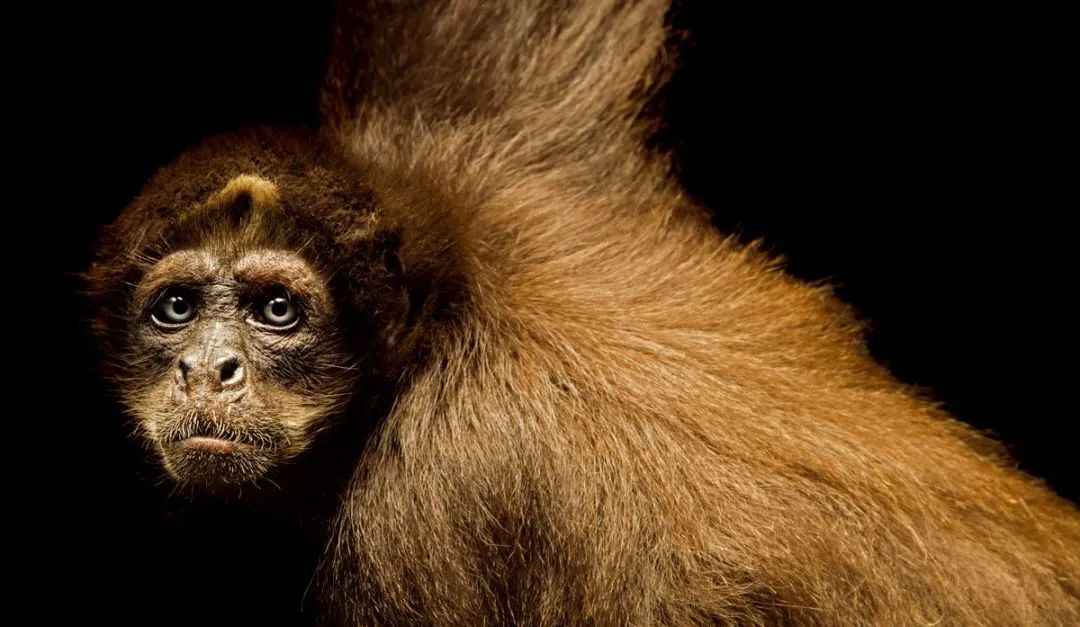
Saiga Antelopes Face Extinction as Male Poaching Disrupts Herd Gender Balance
Native to the grasslands of Eurasia, the saiga antelope (Saiga tatarica) teeters on the brink of extinction, its population devastated by a critical gender imbalance—driven by decades of rampant poaching of adult males. Once numbering in the millions, these iconic ungulates now struggle to reproduce as male herds are decimated, leaving female-dominated populations unable to sustain genetic diversity.
1 minute read
